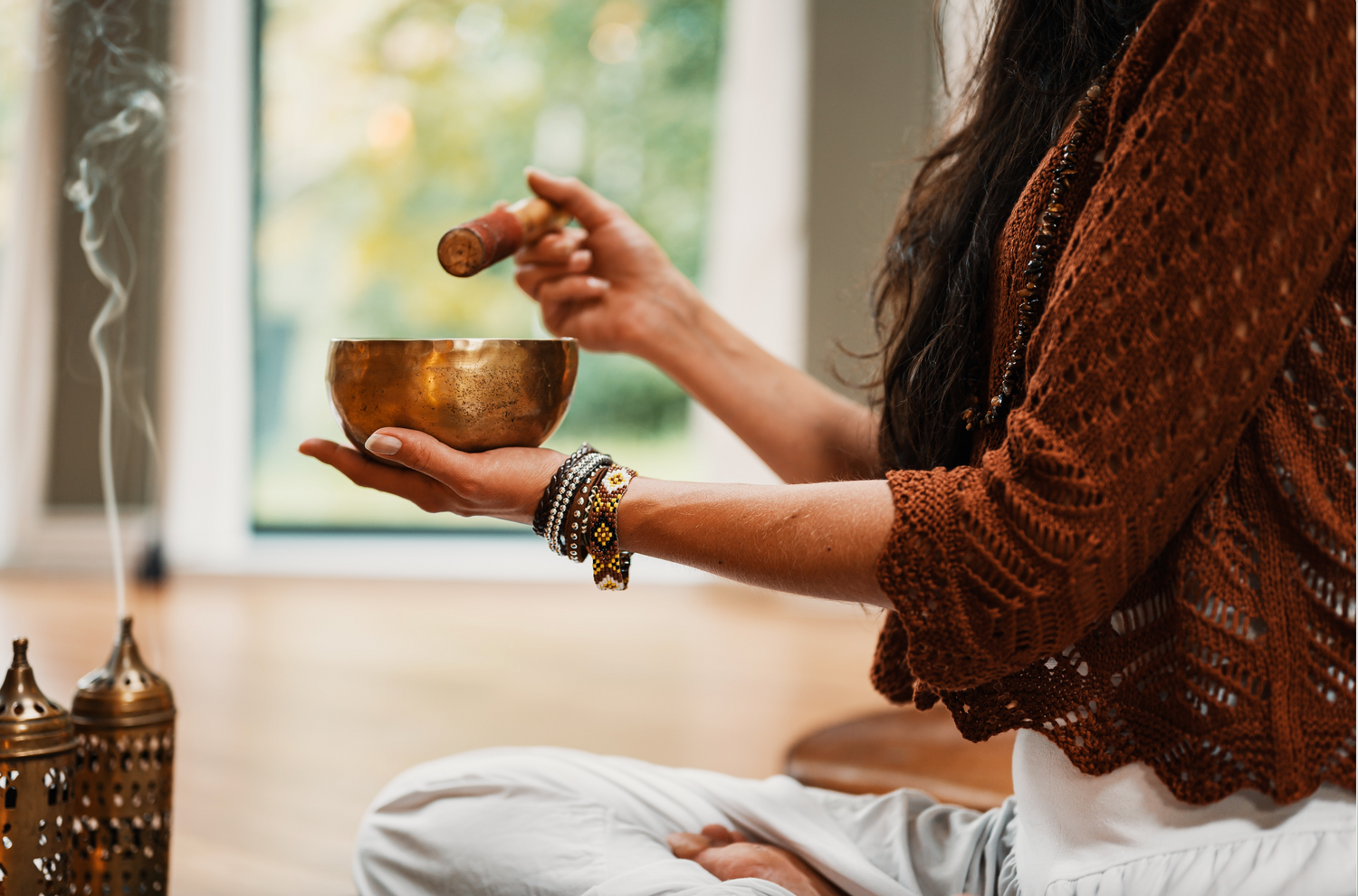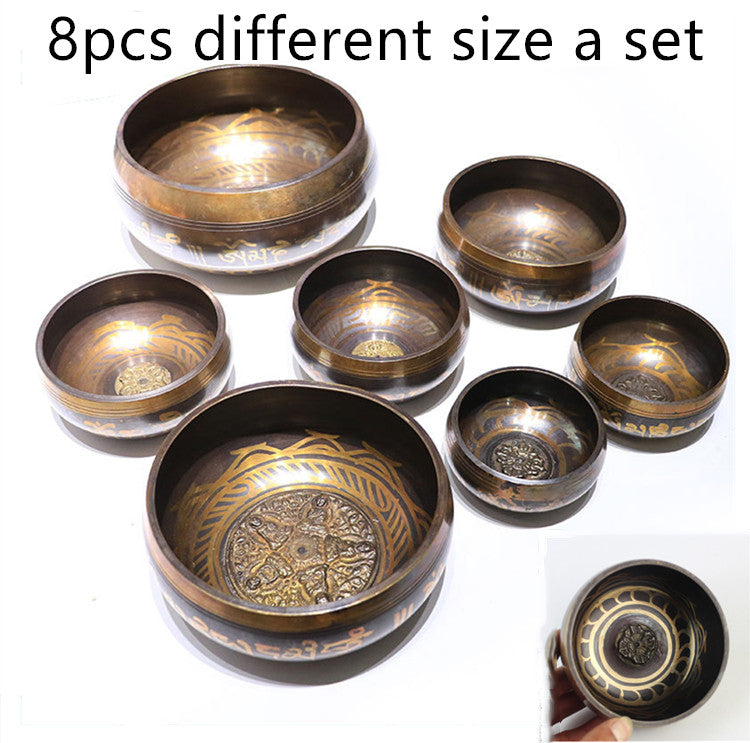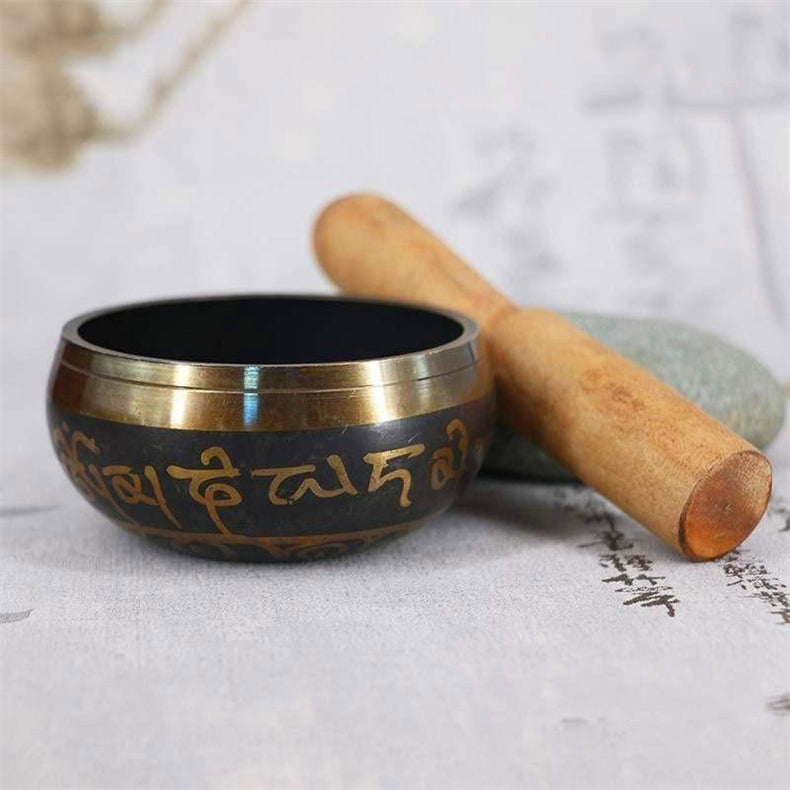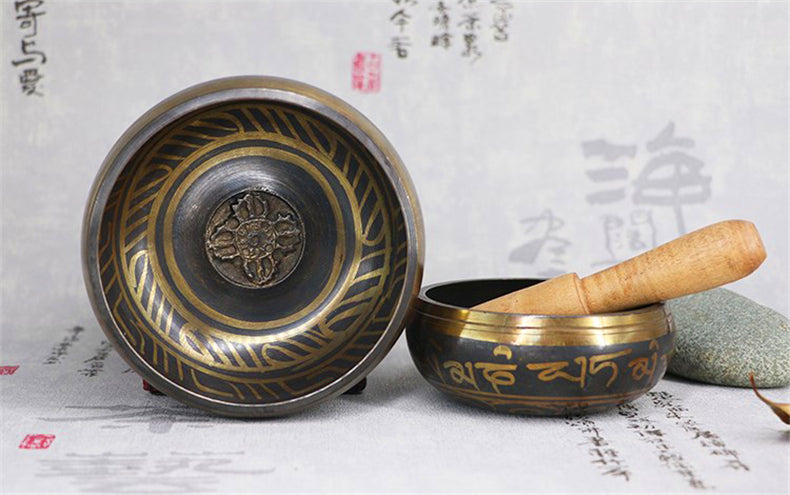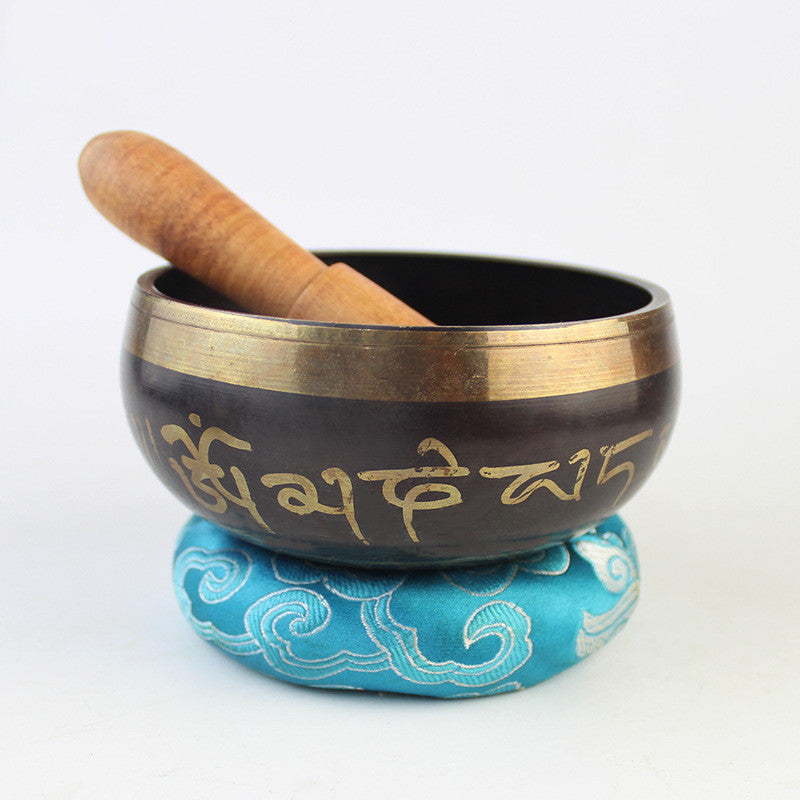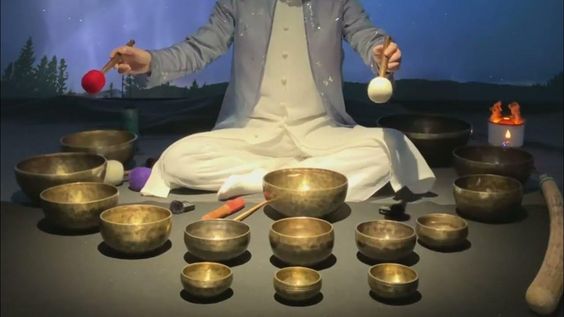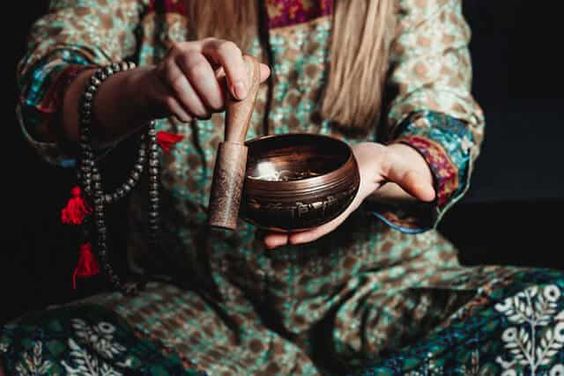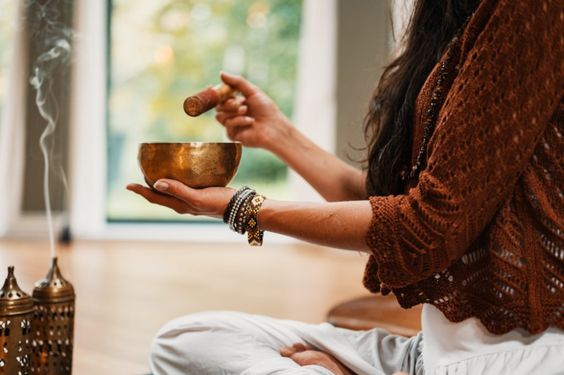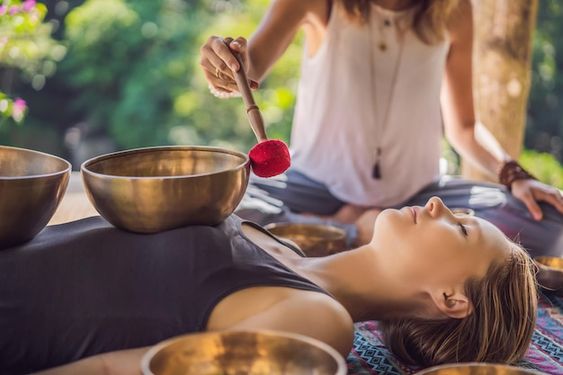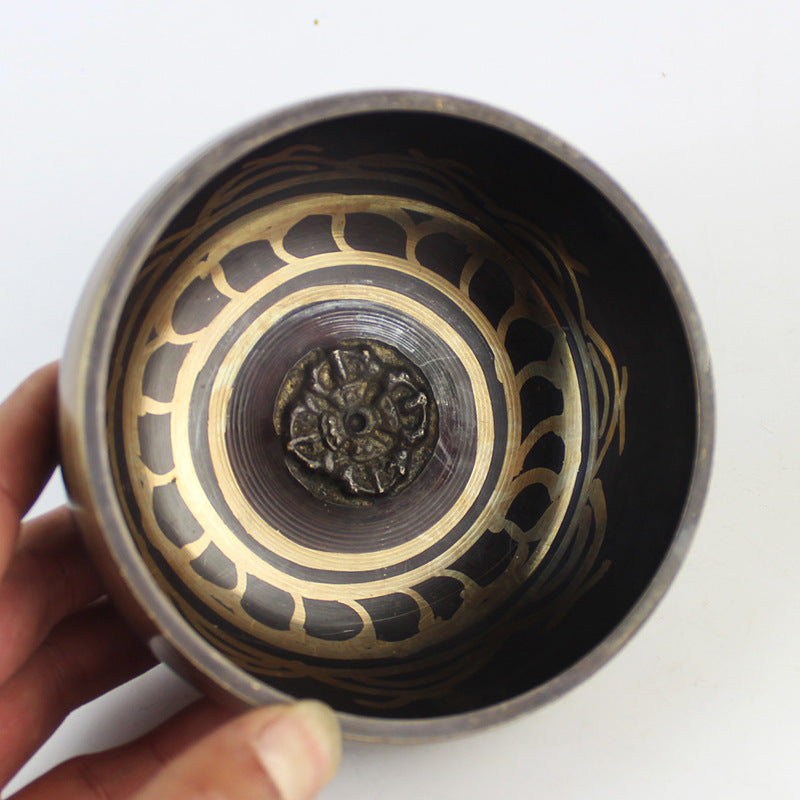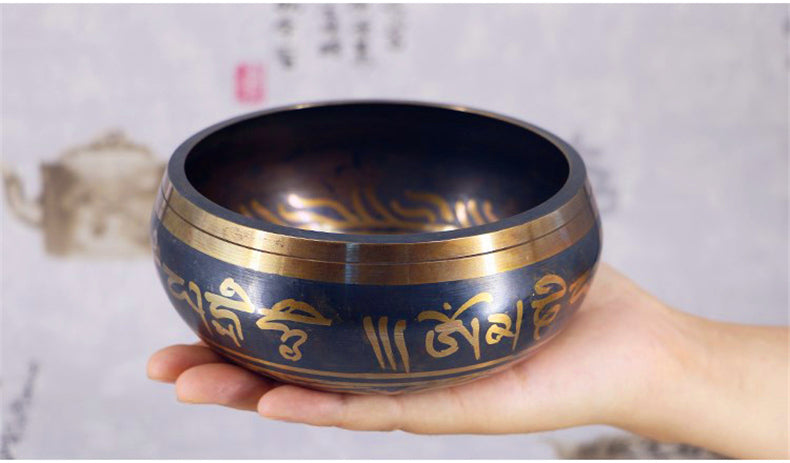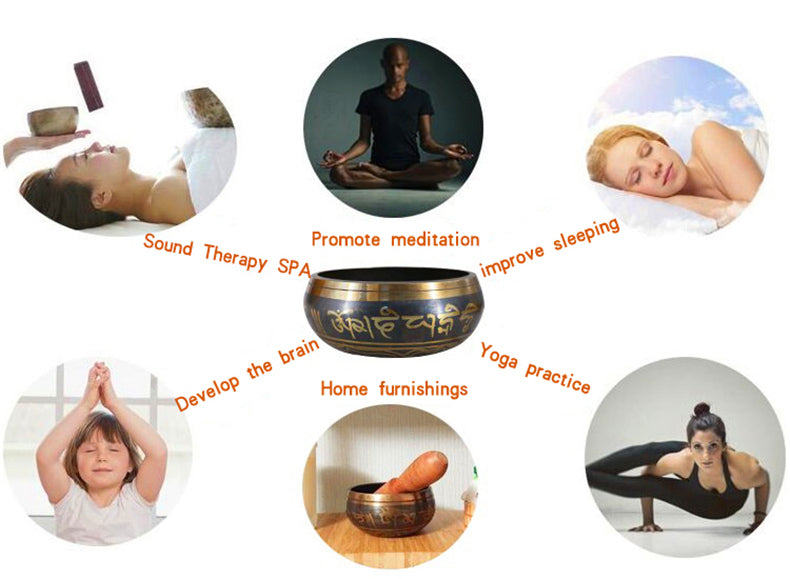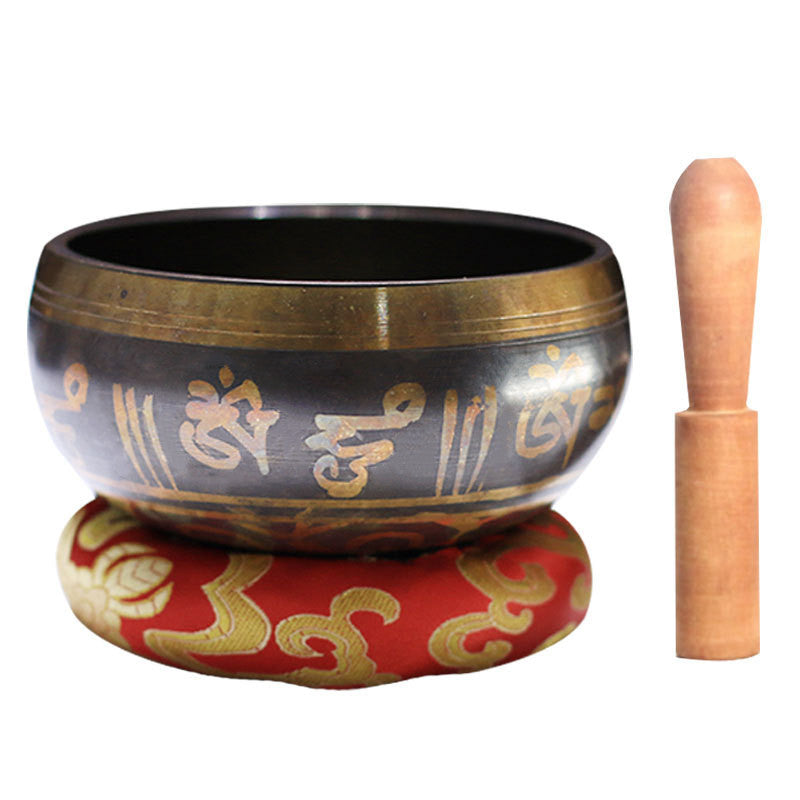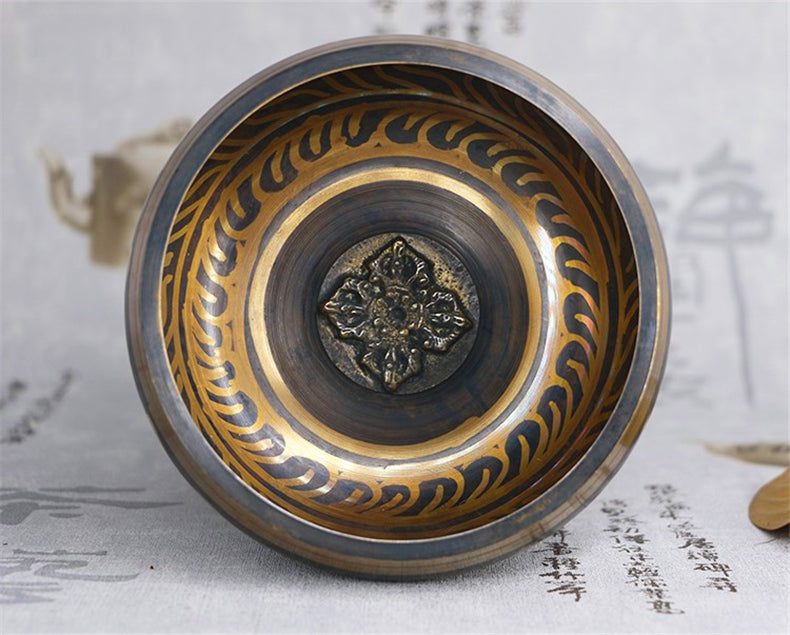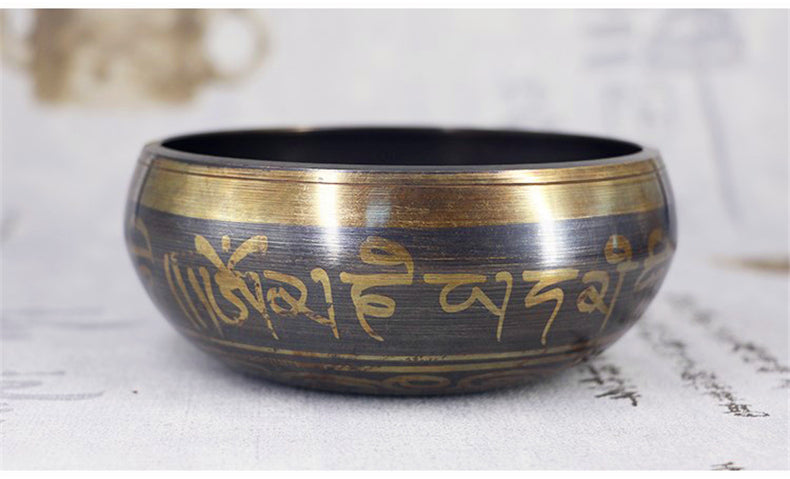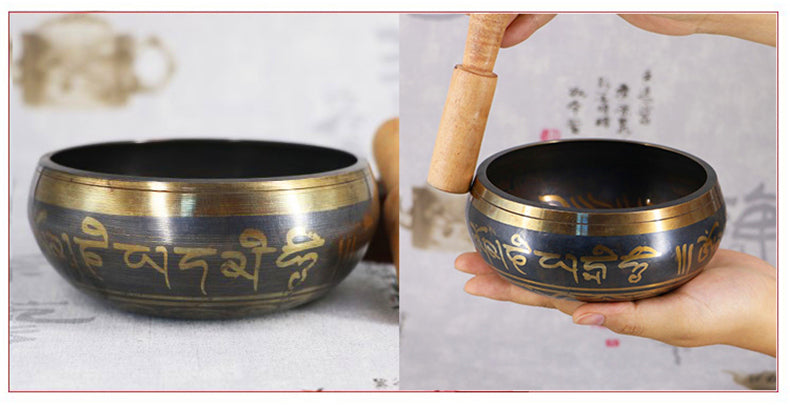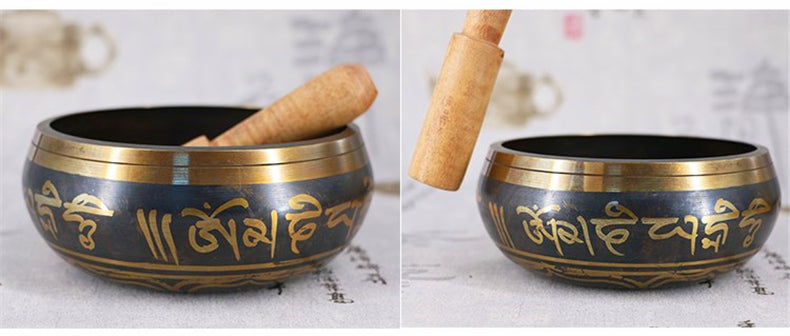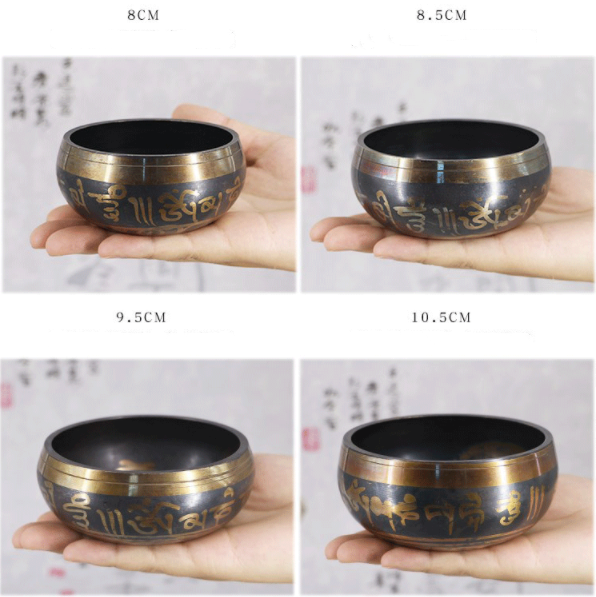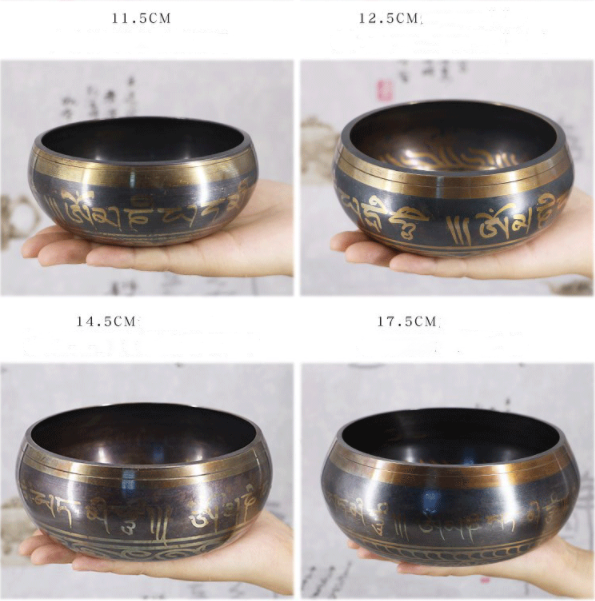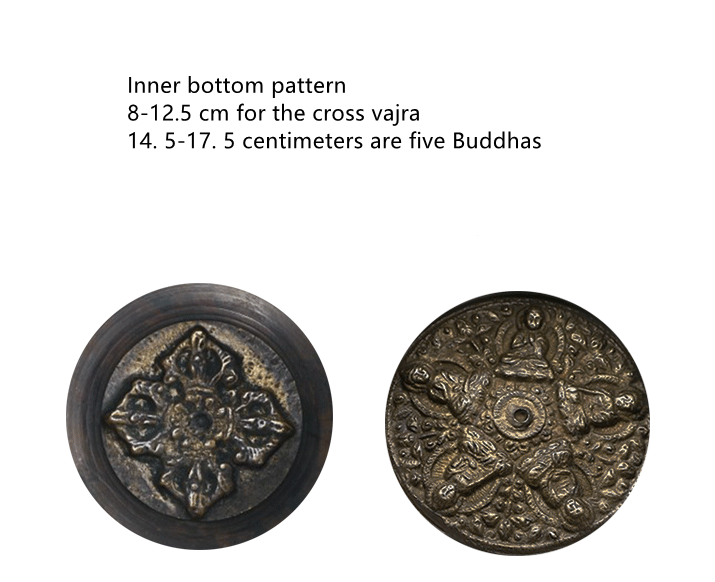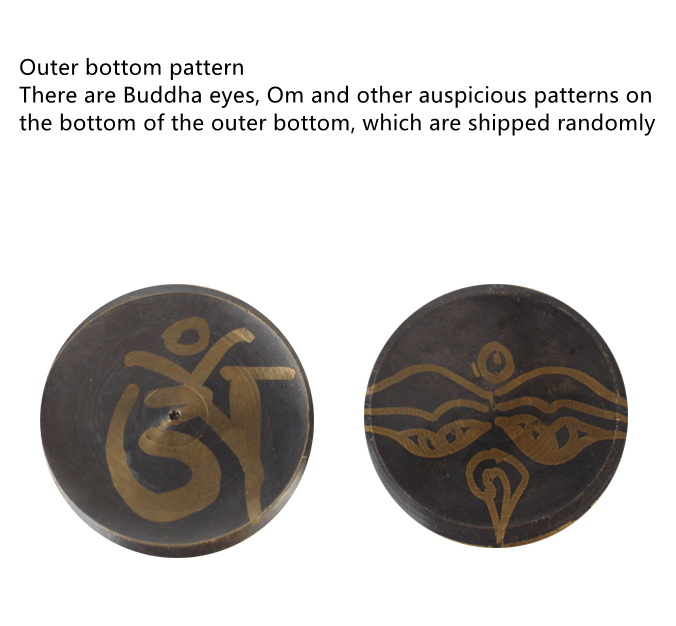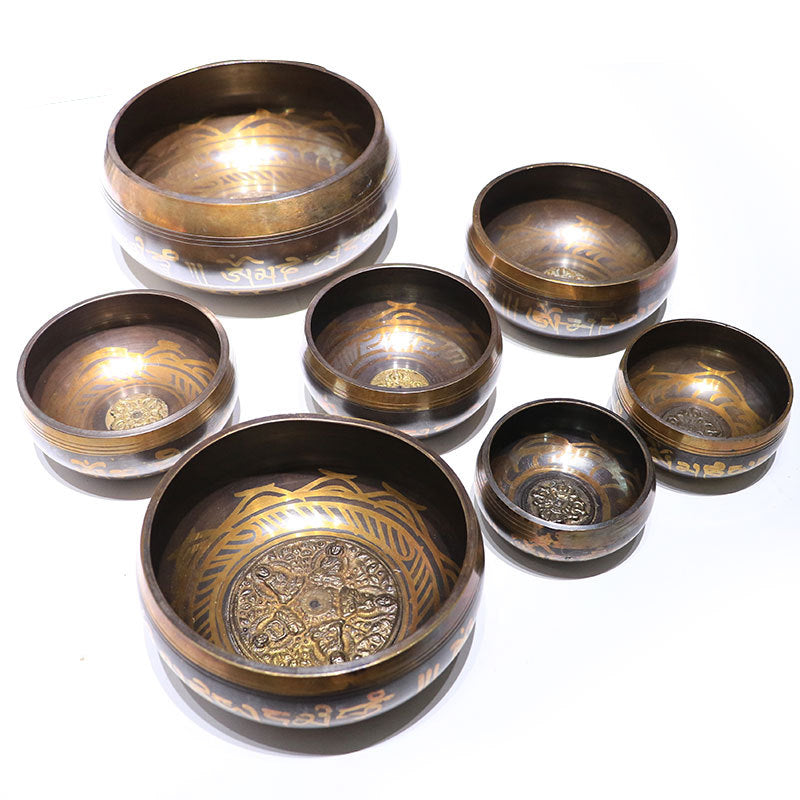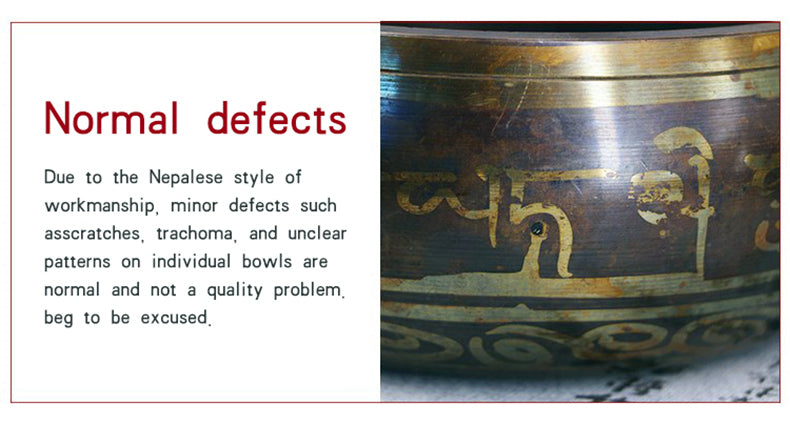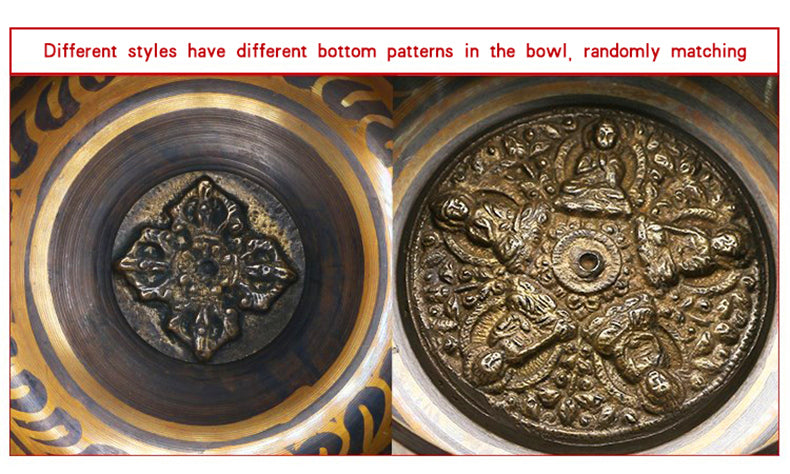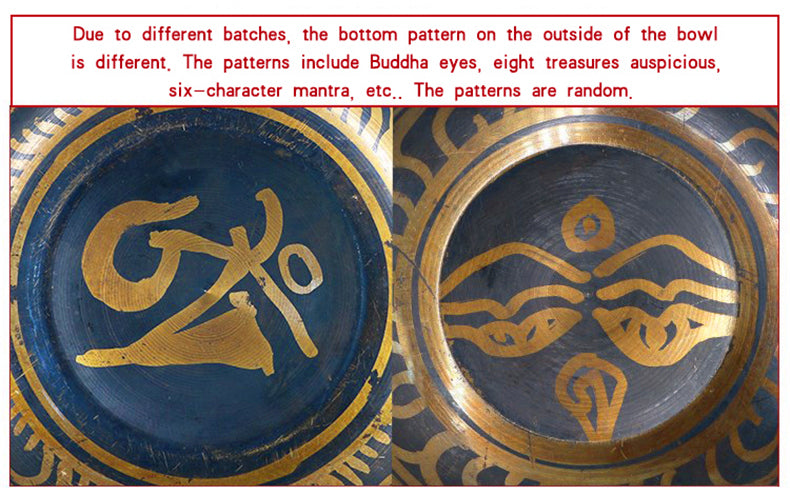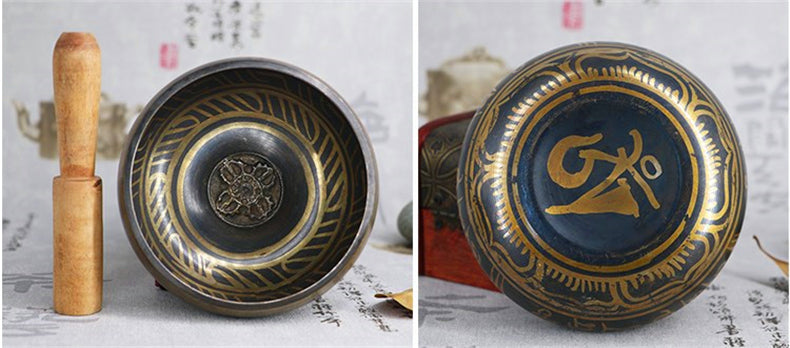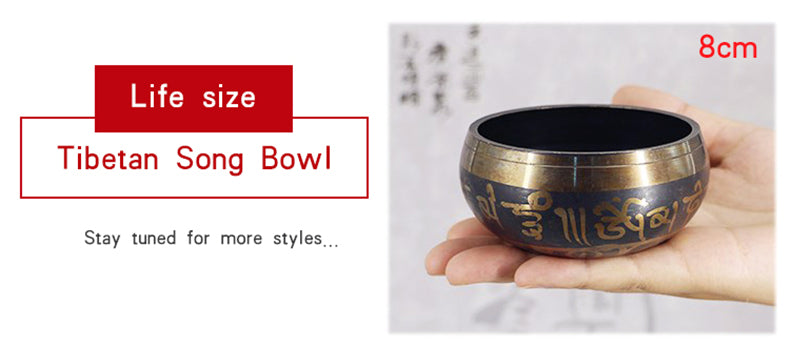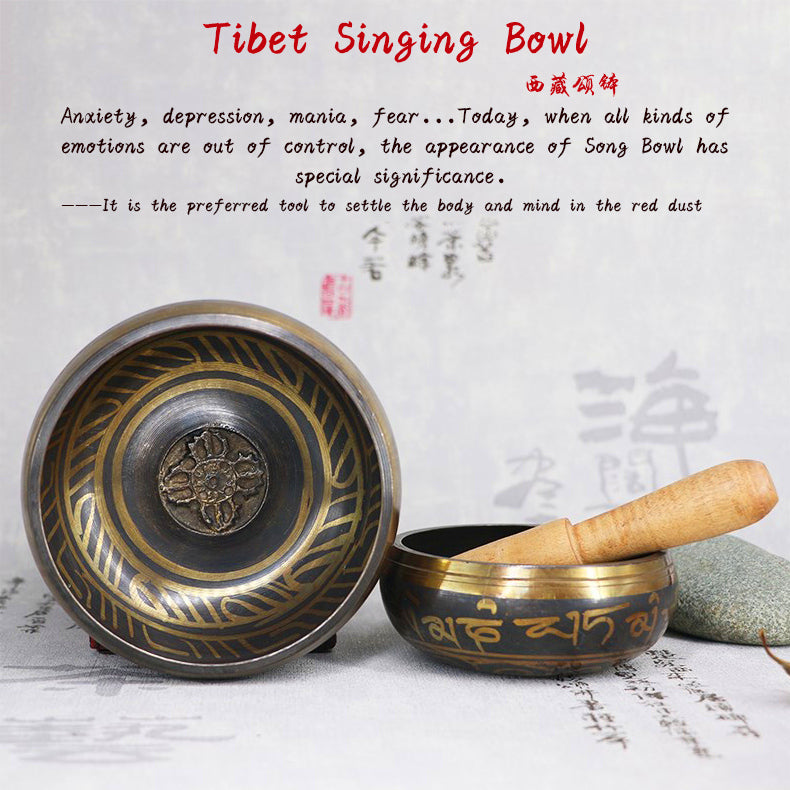Discover Diverse Paths to Spiritual Awareness and Wellness
In our fast-paced and often chaotic world, the search for spiritual awareness and wellness has become increasingly important. Many of us yearn for a deeper connection with ourselves, others, and the universe. We seek a sense of purpose, inner peace, and a greater understanding of the mysteries of life. It is within this quest that we encounter various spiritual practices, each offering its own unique insights and benefits.
Exploring different spiritual practices allows us to tap into ancient wisdom and timeless traditions that have guided humanity for centuries. These practices provide a framework for self-discovery, personal growth, and a deeper connection with the divine. They offer tools and techniques to cultivate mindfulness, explore our inner landscapes, and expand our consciousness.
However, it is crucial to remember that spirituality is a deeply personal journey. What resonates with one person may not resonate with another. Each individual has their own unique set of beliefs, experiences, and preferences. Therefore, the key to finding meaningful spiritual practices lies in discovering what aligns with our authentic selves.
By exploring various spiritual practices, we open ourselves up to a world of possibilities. We can engage in meditation, yoga, shamanic rituals, mindfulness, energy healing, or other practices that speak to our hearts and souls. Through this exploration, we can uncover hidden truths, uncover our inner strengths, and find solace and guidance during challenging times.
In this blog post, we will delve into different spiritual practices and provide guidance on how to find the ones that resonate with your individual journey. Whether you are at the beginning of your spiritual path or seeking to deepen your existing practice, this exploration will help you navigate the vast landscape of spiritual awareness and wellness.
So, join us as we embark on a journey of self-discovery, diving into the realm of spirituality, and embracing the transformative power of different practices. Together, let us explore the depths of our souls, expand our awareness, and uncover the wisdom that lies within.

MEDITATION
Meditation is a practice that has been embraced by various cultures and spiritual traditions for thousands of years. It offers a profound pathway to spiritual awareness and wellness by allowing us to quiet the mind, cultivate present-moment awareness, and tap into a deeper state of consciousness.
There are numerous meditation techniques, each with its own focus and intention. One popular approach is focused attention meditation, where the practitioner directs their attention to a specific object, such as the breath, a mantra, or a visual image. This practice helps to calm the mind, increase concentration, and develop a sense of inner stillness.
Another technique is loving-kindness meditation, also known as Metta meditation. It involves generating feelings of love, compassion, and well-wishes towards oneself, loved ones, neutral individuals, and even challenging individuals. This practice cultivates a sense of empathy, connection, and unconditional love, fostering a deeper understanding of the interconnection between all beings.
Transcendental meditation (TM) is another well-known technique that involves the use of a mantra. Practitioners repeat a specific sound or phrase silently, allowing the mind to settle into a state of deep relaxation and expanded awareness. TM is often practiced for short periods, twice a day, and is known to promote stress reduction, mental clarity, and inner peace.
When exploring different meditation techniques, it's essential to approach them with an open mind and heart. Experiment with various styles and find one that resonates with you personally. Some people may prefer a more structured practice with specific instructions, while others may find solace in a freer, more intuitive approach. The key is to find a meditation technique that feels comfortable and natural to you.
Incorporating meditation into your daily routine can have transformative effects on your spiritual awareness and overall well-being. It allows you to develop a deeper connection with yourself, gain insight into your thoughts and emotions, and cultivate a sense of inner peace. Regular practice can lead to improved focus, reduced stress levels, increased self-awareness, and a greater sense of clarity and purpose in life.
Remember, meditation is a journey, and it's perfectly normal to experience challenges and distractions along the way. Be patient with yourself and approach your meditation practice with kindness and non-judgment. Set aside dedicated time each day to sit in stillness and explore the depths of your inner world. With consistent practice, you will gradually uncover the profound benefits that meditation has to offer and deepen your spiritual connection.

YOGA
Yoga is a holistic practice that combines physical movement, breath control, and meditation to promote physical, mental, and spiritual well-being. Originating in ancient India, yoga has evolved over thousands of years and encompasses a wide range of styles and approaches. It offers a comprehensive system for harmonizing the body, mind, and spirit.
One of the primary aspects of yoga is the practice of asanas, or physical postures. Through a series of poses, yoga aims to increase flexibility, strength, and balance, while also promoting body awareness and2. Yoga:
Yoga is a holistic spiritual practice that combines physical movement, breath control, and meditation. Originating in ancient India, it has evolved into a widely practiced and respected discipline that promotes physical, mental, and spiritual well-being.
At its core, yoga aims to harmonize the mind, body, and spirit. Through a series of postures, known as asanas, practitioners develop flexibility, strength, and balance. These physical movements not only enhance physical fitness but also cultivate awareness of the body and its subtle energies.
There are various styles of yoga, each with its own emphasis and approach. Hatha yoga, the most well-known and widely practiced style, focuses on physical postures and breath control. It is a gentle and accessible form of yoga suitable for practitioners of all ages and fitness levels. Vinyasa yoga, on the other hand, is more dynamic and flowing, with synchronized movement and breath. It builds strength, flexibility, and cardiovascular fitness while creating a moving meditation experience.
Kundalini yoga is a spiritual and energetic form of yoga that aims to awaken the dormant spiritual energy within us. It combines physical postures, breathwork, chanting, and meditation to stimulate the flow of energy along the spine and through the chakra system. Kundalini yoga is known for its transformative effects, unlocking inner potential and expanding consciousness.
Exploring different styles of yoga allows you to find the practice that resonates with your energy and intentions. Some individuals may be drawn to the physical challenge of a vigorous vinyasa practice, while others may seek the gentle and introspective nature of yin or restorative yoga. It's important to listen to your body and choose a style that feels right for you.
Yoga is not solely about the physical postures; it is also a profound spiritual path. Through conscious breathwork and meditation, yoga helps to calm the mind, cultivate mindfulness, and deepen our connection with the present moment. It offers a space for self-reflection, introspection, and self-discovery.
In addition to the physical and spiritual benefits, yoga fosters a sense of community and support. Many practitioners find solace and connection by practicing together in a yoga studio or participating in yoga retreats and workshops. This sense of unity and shared experience can enhance the overall spiritual journey.
Incorporating yoga into your life can have transformative effects on your spiritual awareness and well-being. Regular practice can improve physical strength and flexibility, reduce stress and anxiety, enhance mental clarity, and promote a sense of inner peace and balance. It is a practice that can be adapted to suit your individual needs and can be integrated into your daily routine, whether it's a short morning flow or a longer, more in-depth practice.
Remember, yoga is a personal journey, and it's important to approach it with an open mind and a compassionate heart. Honor your body's limitations and practice with mindfulness and self-acceptance. Allow yourself to explore the depths of your being through the practice of yoga, and embrace the transformative power it offers on your path to spiritual awareness and wellness.

SHAMANISM
Shamanism is an ancient spiritual practice that has existed in various cultures around the world for thousands of years. It is based on the belief that everything in the universe is interconnected and that spiritual healing and guidance can be accessed through direct communication with the spirit world.
Shamans, the practitioners of shamanism, are considered as spiritual intermediaries who bridge the human and spirit realms. They undergo rigorous training and often go through transformative experiences to develop their abilities to connect with the spirit world and perform healing rituals. Shamans use various techniques, including rituals, ceremonies, trance states, and divination, to access spiritual realms and communicate with spiritual entities.
The core belief in shamanism is that illness and imbalance can be caused by disharmony between humans and the natural world or disturbances in the spiritual realm. Shamans work to restore this harmony and balance by addressing the root cause of the issue. They may use techniques such as energy clearing, soul retrieval, extraction, or divination to heal physical, emotional, and spiritual ailments.
Shamanic practices often involve connecting with nature and recognizing the inherent wisdom and healing power of the natural world. Many shamans incorporate elements such as plants, animals, and natural elements into their rituals and ceremonies. They believe that by honoring and working in harmony with nature, they can tap into the deeper wisdom of the universe.
Exploring shamanic traditions can provide profound insights into our spiritual journey. It offers an opportunity to connect with our ancestral roots, tap into ancient wisdom, and discover a deeper understanding of ourselves and our place in the world. Shamanic practices can help us cultivate a deeper connection with nature, expand our consciousness, and gain a greater sense of purpose and meaning in life.
It's important to note that shamanism is a diverse and multifaceted practice, varying greatly across cultures and regions. Each tradition has its own unique rituals, beliefs, and practices. Some well-known shamanic traditions include the indigenous practices of the Native American tribes, Siberian shamanism, Amazonian shamanism, and African tribal traditions.
Exploring shamanism can be a deeply personal and transformative journey. It is essential to approach it with respect, cultural sensitivity, and a willingness to learn from experienced practitioners. If you are drawn to the path of shamanism, seek guidance from reputable teachers, attend workshops, or participate in ceremonies led by authentic practitioners who honor the traditions and cultures from which shamanism originates.
By embracing the wisdom of shamanic practices, we can tap into the ancient knowledge that exists within us and the world around us. Shamanism offers a holistic approach to spiritual awareness and wellness, inviting us to explore the realms beyond the physical and connect with our true essence. It can be a powerful tool for self-discovery, healing, and personal growth on our spiritual journey.

MINDFULNESS
Mindfulness is a practice that involves intentionally paying attention to the present moment without judgment. It is about being fully aware of our thoughts, emotions, bodily sensations, and the environment around us. By cultivating mindfulness, we can develop a deeper sense of self-awareness, compassion, and a greater understanding of the interconnectedness of all things.
At its core, mindfulness encourages us to embrace the present moment, rather than dwelling on the past or worrying about the future. It invites us to observe our thoughts and emotions without getting caught up in them, allowing us to respond to life's challenges with clarity and equanimity.
There are various ways to practice mindfulness, and it can be incorporated into our daily lives in many different ways. One common approach is formal meditation, where we dedicate a specific time to sit in stillness and observe our breath, bodily sensations, or thoughts. Meditation helps to cultivate a calm and focused mind, allowing us to develop a deeper understanding of ourselves and the world around us.
However, mindfulness is not limited to formal meditation. It can be practiced informally throughout the day by bringing our attention to the present moment and engaging fully in whatever we are doing. This can include simple activities such as walking, eating, or even washing the dishes. By being fully present in these moments, we can cultivate a sense of gratitude and appreciation for the simple joys of life.
The benefits of mindfulness are wide-ranging and have been extensively studied. Regular practice has been shown to reduce stress, anxiety, and depression. It can improve sleep quality, enhance cognitive function, and increase emotional resilience. Mindfulness also fosters greater self-compassion and empathy towards others, promoting healthier relationships and a sense of interconnectedness.
Incorporating mindfulness into our lives requires patience, consistency, and a non-judgmental attitude towards ourselves. It is important to remember that mindfulness is not about achieving a particular state of mind but rather about cultivating an attitude of curiosity and acceptance towards our experiences.
There are many resources available to support a mindfulness practice, including meditation apps, books, and guided mindfulness exercises. Additionally, participating in mindfulness-based programs or attending mindfulness retreats can deepen our practice and provide a supportive community.
As we deepen our mindfulness practice, we begin to develop a greater sense of clarity and insight. We become more attuned to our thoughts, emotions, and bodily sensations, allowing us to respond to life's challenges with greater wisdom and compassion. Mindfulness becomes a way of life, transforming our relationship with ourselves and the world around us.
Ultimately, mindfulness is a powerful tool for cultivating spiritual awareness and wellness. It brings us into the present moment, where we can fully experience the richness of life and connect with our deepest selves. Through the practice of mindfulness, we can embark on a journey of self-discovery, inner peace, and a profound connection with the interconnected web of existence.

ENERGY HEALING
Energy healing is a holistic approach to wellness that focuses on balancing and harmonizing the energetic systems of the body. It recognizes that we are not just physical beings but also energetic beings, and that imbalances or blockages in our energy can manifest as physical, emotional, or spiritual ailments.
The underlying belief in energy healing is that everything in the universe is made up of energy, and that this energy can be influenced, directed, and healed. Practitioners of energy healing work with the subtle energy systems of the body, such as the chakras, meridians, and aura, to promote healing and restore balance.
There are various modalities of energy healing, each with its own unique approach and techniques. Some well-known modalities include Reiki, Healing Touch, Quantum Touch, and Pranic Healing. These modalities involve the practitioner channeling or directing healing energy into the body of the recipient, either through direct touch or through the practitioner's intention and focused attention.
During an energy healing session, the practitioner may use their hands to gently touch or hover over specific areas of the body, or they may work in the energy field surrounding the body. The intention is to remove energetic blockages, restore the flow of energy, and stimulate the body's natural healing abilities.
Energy healing is not limited to physical ailments; it can also address emotional and spiritual imbalances. It is believed that energetic imbalances can manifest as emotional distress, trauma, or spiritual disconnection. By working with the energetic systems, energy healing can help release emotional blockages, promote emotional well-being, and support spiritual growth and alignment.
While energy healing has gained popularity in recent years, it is important to note that it is considered a complementary or alternative therapy and should not replace conventional medical care. It is best used in conjunction with traditional medical treatments to support overall well-being.
The effectiveness of energy healing varies from person to person, and experiences can be subjective. Some individuals report feeling deep relaxation, reduction in pain, improved emotional well-being, and an overall sense of balance and vitality. Others may experience more subtle shifts or changes in their energy.
Whether you are receiving energy healing from a practitioner or exploring self-healing techniques, it is important to approach it with an open mind and a willingness to explore the subtle realms of your being. Energy healing can be a deeply personal and transformative experience, offering an opportunity for self-reflection, healing, and personal growth.
If you are interested in exploring energy healing, seek out a reputable practitioner who aligns with your values and intentions. They can guide you through the process, explain the techniques used, and provide support and guidance along your healing journey.
In conclusion, energy healing is a holistic approach to wellness that recognizes the interconnectedness of our energetic, physical, emotional, and spiritual selves. By working with the subtle energy systems of the body, energy healing aims to restore balance, promote healing, and support overall well-being. It can be a powerful tool for self-discovery, healing, and personal transformation on our spiritual journey.

RITUALS AND CEREMONIES
Rituals and ceremonies are an integral part of human culture and have been practiced throughout history in various forms and contexts. They serve as powerful tools for expressing and honoring beliefs, traditions, and significant life events. Rituals and ceremonies can be deeply meaningful and provide a sense of connection, purpose, and spiritual fulfillment.
Rituals and ceremonies can take many different forms, depending on cultural, religious, or personal beliefs. They can be performed individually or collectively, in private or public settings. Some rituals are tied to specific religious or spiritual traditions, while others are more secular or personal in nature.
One common aspect of rituals and ceremonies is their ability to create a sacred space and set apart a specific time for reflection, intention, and connection. They often involve symbolic actions, gestures, or words that hold deep meaning and significance. These symbolic elements can help individuals or communities tap into a deeper level of consciousness and connect with the divine, the spiritual, or the transcendent.
Rituals and ceremonies can be performed to mark important life transitions such as birth, coming of age, marriage, and death. They can also be used to celebrate seasonal changes, honor ancestors, express gratitude, seek guidance, or seek healing. By engaging in these rituals and ceremonies, individuals and communities can find solace, meaning, and a sense of belonging.
The benefits of rituals and ceremonies extend beyond the spiritual realm. They can provide a sense of structure, order, and continuity in our lives. Rituals can help us navigate through times of change, uncertainty, or grief, providing a sense of comfort and stability. They can also foster a sense of community and connection, as they often involve shared experiences and collective participation.
It's important to note that rituals and ceremonies can vary greatly across cultures, religions, and personal beliefs. They are deeply rooted in specific traditions and contexts, and it's essential to approach them with respect, cultural sensitivity, and an open mind. If you are interested in exploring rituals and ceremonies, it can be helpful to learn from experienced practitioners, participate in community gatherings, or seek guidance from cultural or religious leaders.
In conclusion, rituals and ceremonies play a significant role in human life, providing a means to express beliefs, honor traditions, and mark important life events. They offer a space for reflection, connection, and spiritual growth. Engaging in rituals and ceremonies can deepen our sense of meaning, foster a sense of community, and provide a framework for navigating life's transitions. Whether rooted in religious, cultural, or personal beliefs, rituals and ceremonies hold the power to enrich our lives and connect us to something greater than ourselves.
CONCLUSION: Navigate the Depths of Spiritual Exploration and Growth
Embarking on a spiritual journey is a deeply personal and unique experience. It is a path of self-discovery, growth, and connection to something greater than ourselves. As we navigate this journey, it is important to approach it with an open mind and a willingness to explore different practices and beliefs.
Spiritual awareness and wellness are not one-size-fits-all concepts. What resonates with one person may not resonate with another. It is about finding what aligns with your own soul, nourishes your spirit, and supports your individual growth and well-being.
In this vast world of spiritual practices, there are countless paths to explore. From ancient wisdom traditions to modern philosophies, from meditation and mindfulness to energy healing and rituals, the possibilities are endless. Allow yourself to be curious, to try new things, and to listen to your inner voice guiding you towards what feels right for you.
Throughout your journey, it is important to be patient with yourself. Spiritual growth takes time and effort. There may be moments of uncertainty, doubt, or confusion along the way. Embrace these moments as opportunities for growth and self-reflection. Trust that the right path will reveal itself to you in due time.
Remember that spirituality is not a destination but a continuous journey. It is a lifelong exploration of the depths of your being and your connection to the world around you. Be open to learning, evolving, and expanding your understanding of yourself and the universe.
May your spiritual journey be filled with profound insights, inner peace, and a deep connection to your true self. May you find the practices and beliefs that resonate with your soul and support your growth. Embrace the diversity of spiritual paths, honor your unique journey, and trust in the wisdom and guidance that emerges along the way.






